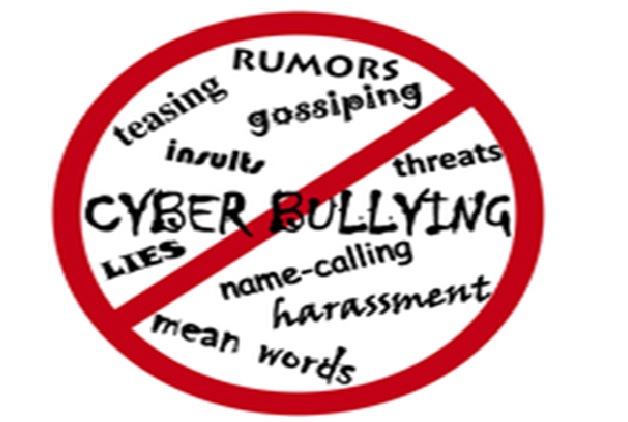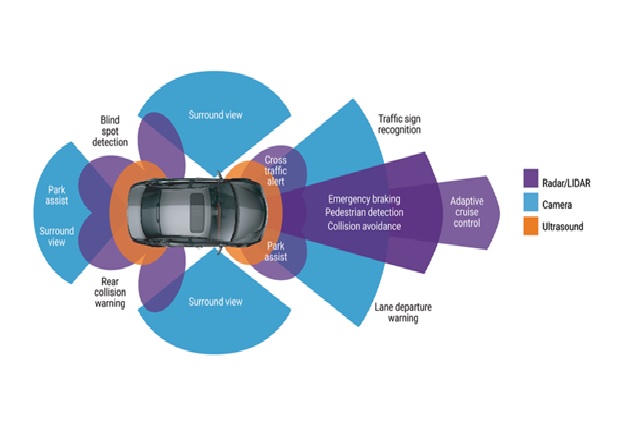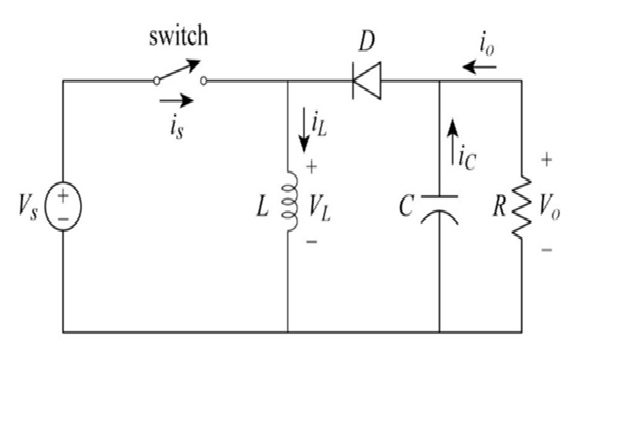Dangers of Cyberbullying Detection System
Cyberbullying is a relatively new form of bullying. This bullying is committed by means of an electronic act, the transmission of a communication by message, text, sound, or image by means of an electronic device, including but limited to, a computer phone, wireless telephone, or other wireless communication device, computer, games console or pager. Cyberbullying is characterized by deliberately threatening, harassing, intimidating, or ridiculing an individual or group of individuals; placing an individual in reasonable fear of harm; posting sensitive, private information about another person without his/her permission; breaking into another person's account and/or assuming another individual's identity in order to damage that person's reputation or friendships. [1]

Figure 1. The Dangers of Cyberbullying Detecting System
Figure 1 shows cyberbullying differs from face-to-face bullying in several ways including that it is persistent, permanent and hard to notice. With the use of technology and the ability to communicate across distance 24 hours a day, cyberbullying can be constant, which means targeted youth may not be able to escape it. Nothing posted online is private and anything that is shared can be released widely and is difficult to remove, which means that the effects of cyberbullying can move far beyond the reach of a classroom or playground. Because cyberbullying happens in a virtual environment, it’s hard for adults to hear it in order to intervene, which makes it difficult to notice.
Cyberbullying is harmful for the following reasons:
- Cyberbullying behaviors are carried out from a distance and can be instantly broadcasted to a large number of people.
- Cyberbullying does not require physical strength or face-to-face contact.
- Messages are sometimes sent anonymously so those targeted have no idea who is responsible.
- Cyberbullying can happen anywhere at any time, even in places where you normally feel safe such as your home.
The effects of cyberbullying can be intense and long lasting. The sense of anonymity provided in online environments can lead people to say things that are harsher than what they would say in person. Teens and children who experience cyberbullying are at risk of emotional, behavioral and mental health issues. Cyberbullying has even led to teen suicide. Teens who are bullied are at a higher risk for suicide. Some studies have shown that children who experience cyberbullying can be up to two times as likely to attempt suicide. [2]
Examples of Cyberbullying
Cyberbullying can include:
- Sending mean texts or IMs to someone
- Pranking someone’s cell phone
- Hacking into someone’s gaming or social networking profile
- Being rude or mean to someone in an online game
- Spreading secrets or rumours about people online
- Pretending to be someone else to spread hurtful messages online. [3]
References:
- https://pubmed.ncbi.nlm.nih.gov/25240939/
- https://www.canr.msu.edu/news/cyberbullying_and_the_dangers_associated_with_it
- https://www.hockeycanada.ca/en-ca/hockey-programs/safety/cyberbullying/facts/examples-kids-teens-adults
Cite this article:
Thanusri swetha J (2021), Dangers of Cyberbullying Detection System, Anatechmaz, pp. 40















